Near Net Shape Sintering: A Precision Manufacturing Process
Created at :
May 17, 2024
Near net shape sintering is a manufacturing process that aims to produce parts that are very close to their final (net) shape, minimizing the need for subsequent machining or finishing operations. This process is commonly used in powder metallurgy and involves the following steps:
- Powder Preparation: Fine metal powders are prepared and may be mixed with additives to improve their properties or facilitate the sintering process.
- Compaction: The metal powder is compacted into a desired shape using a die. This step typically involves applying high pressure to form a green compact, which is a shaped but not fully dense piece.
- Sintering: The green compact is heated in a controlled atmosphere to a temperature below the melting point of the primary metal. During sintering, the powder particles bond together through diffusion, resulting in a solid part. This process enhances the mechanical properties and density of the part.
- Secondary Operations: If necessary, the sintered part may undergo additional processes such as machining, surface treatment, or heat treatment to achieve the final specifications.
The primary advantage of near net shape sintering is the ability to produce complex parts with high precision and minimal material waste. This method is particularly beneficial for producing intricate geometries that would be challenging or expensive to machine from solid material. It is used in various industries, including automotive, aerospace, and medical devices, to manufacture components such as gears, turbine blades, and biomedical implants.
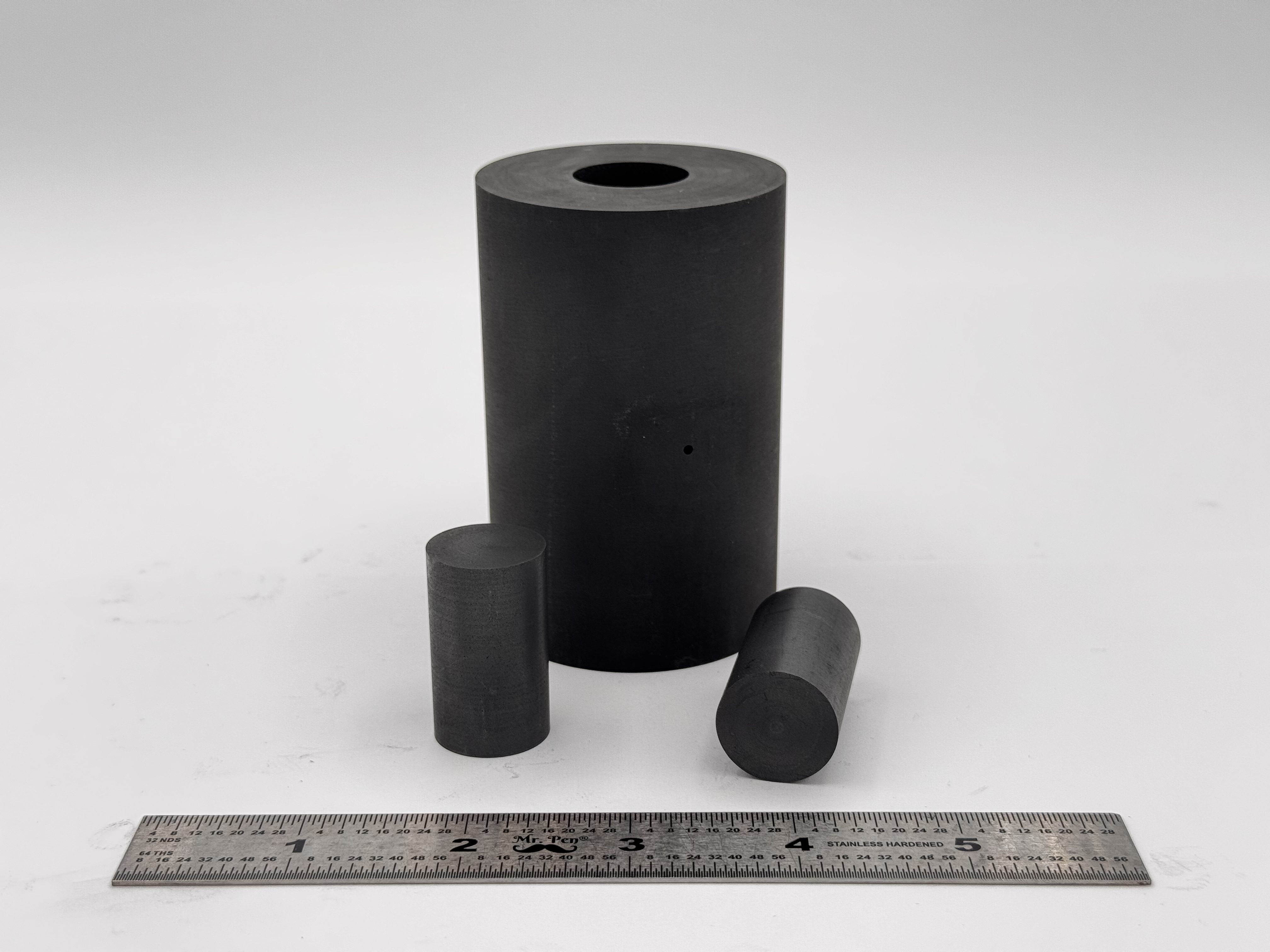 High Strength SPS Graphite Tooling
High Strength SPS Graphite Tooling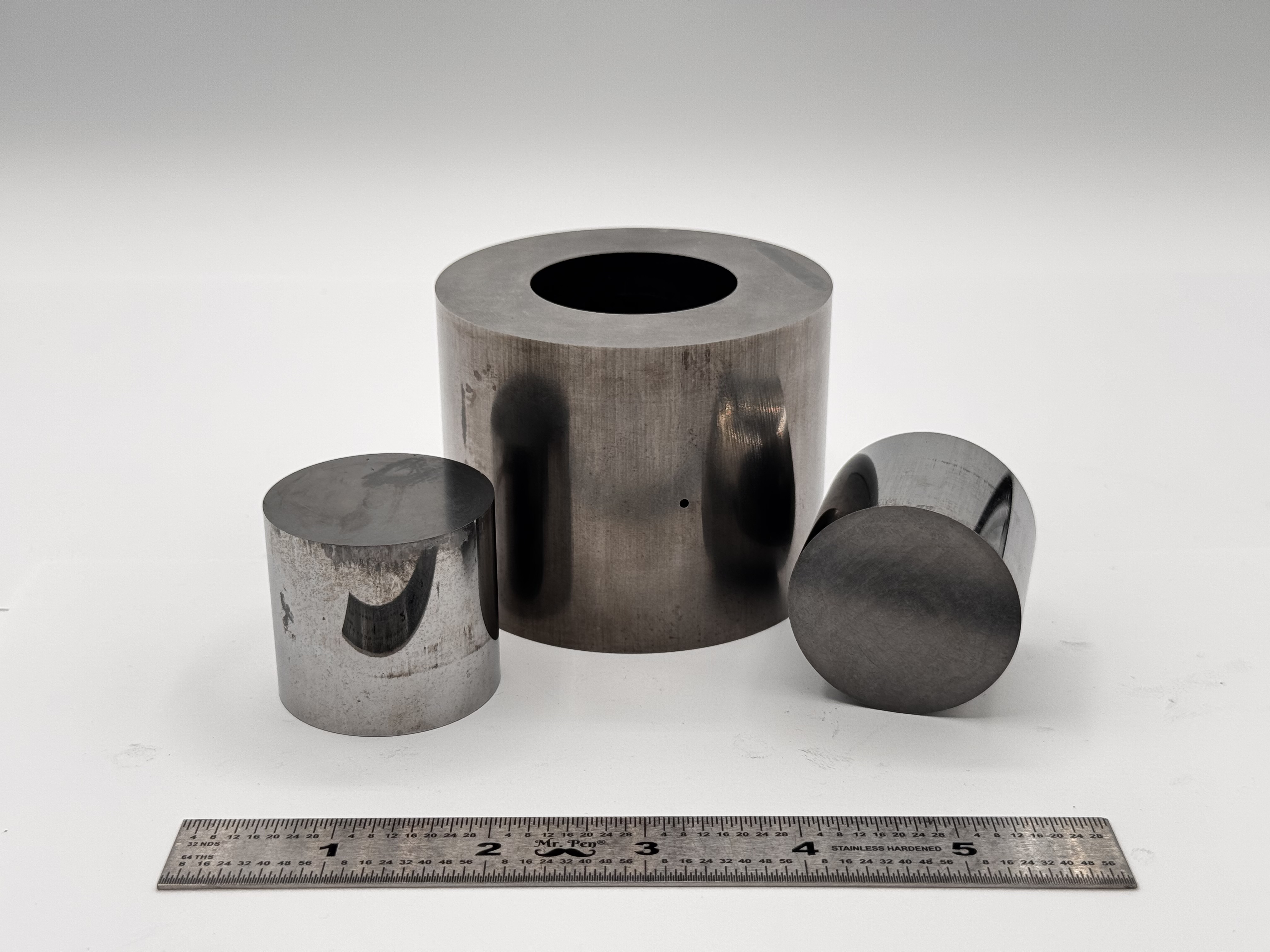 Tungsten Carbide Tooling
Tungsten Carbide Tooling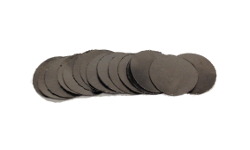 Carbon Graphite Foil / Paper
Carbon Graphite Foil / Paper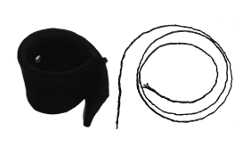 Carbon Felt and Yarn
Carbon Felt and Yarn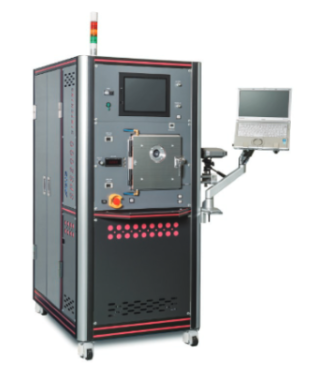 Spark Plasma Sintering Systems
Spark Plasma Sintering Systems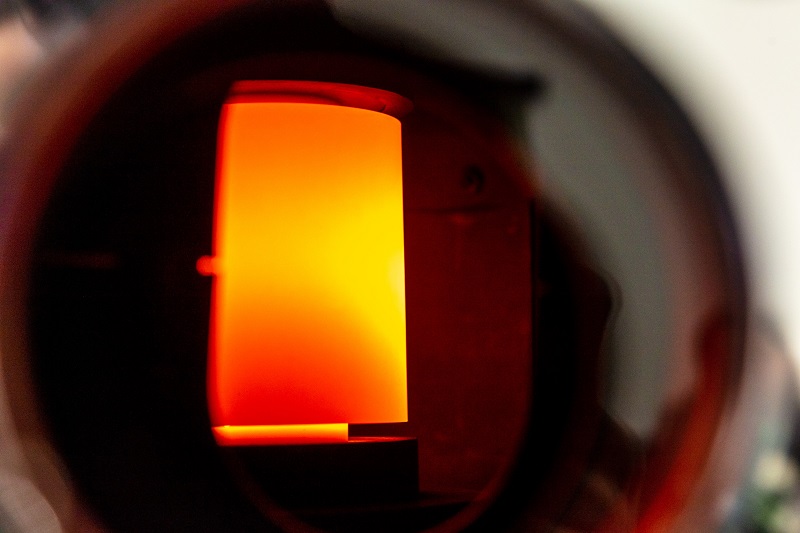 SPS/FAST Modeling Software
SPS/FAST Modeling Software